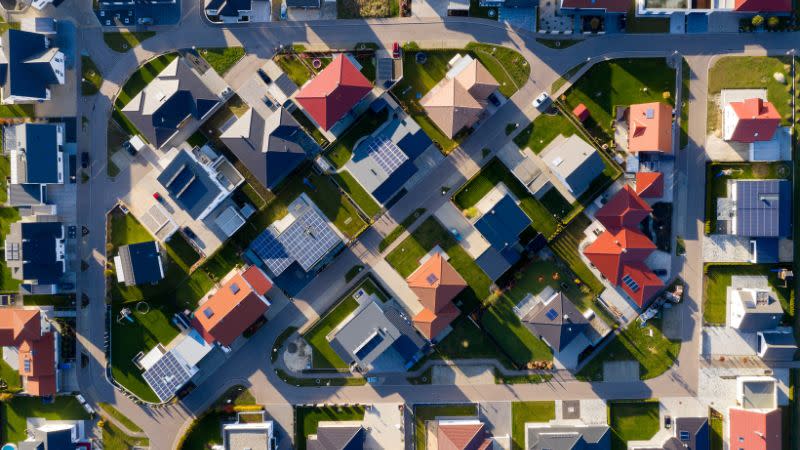Did you feel that? It’s that sinking feeling of Australia’s house and unit markets being progressively swamped by what CoreLogic data indicates is a rising “sea of declining values”.
And as a result of the dramatic downturn in values, many of the nation’s so-called million-dollar suburbs are disappearing at a rapid pace.
According to CoreLogic’s latest Mapping the Market Report, more than half—51.7 per cent—of the 4661 house and unit suburbs analysed nationally recorded an annual decline in 2022.
Of course, that means 48.3 per cent—or 2251 suburbs—increased or did not fall in value during the same period.
Significantly, however, the data also shows the proportion of the nation’s house and unit markets recording a quarterly fall in values rose from 76.9 per cent in September to 80.7 per cent in December.
The sudden and sustained downswing has been accelerated by prevailing interest rate hikes, rising inflation and low consumer sentiment.
In a reminder of what a difference 12 months can make and how dramatic the move from boom to bust had unfolded, CoreLogic economist Kaytlin Ezzy said that by comparison less than 10 per cent of markets recorded a decline in value in the December quarter of 2021.
▲ The latest data indicates more than half of the house and unit suburbs analysed nationally recorded an annual decline in values in 2022.
“The market downswing doesn’t discriminate, with only a small proportion of suburban areas riding a wave of positive growth among the sea of declining values,” Ezzy said.
“This has resulted in a reduction in the number of million-dollar suburbs, particularly in our most expensive housing market, Sydney, with the most resilient suburbs found in more affordable areas and within the unit sector.
“The downswing has meant buyers who were previously priced out of some markets might start to see opportunities appearing, particularly in cities where larger downturns have been recorded such as Sydney, Melbourne, Brisbane, Hobart and Canberra.
“However, it’s likely much of the benefits of falling values have been offset, with rising interest rates pushing serviceability buffers and mortgage repayments higher.”
In Sydney, only seven (1.3 per cent) of the 547 house suburbs analysed recorded an increase in values in 2022. The number of million-dollar suburbs declined from 439 in March to 345 in December.
Annually, Sydney unit values fell 9.2 per cent, taking the city’s median unit value to $772,807.
All but eight (2.2 per cent) of Melbourne’s 371 house suburbs recorded a fall in their annual house values. Unit values were down 5 per cent from a peak in April with a handful of inner-city areas remaining resilient and notching increases of 8.9 per cent to 12.9 per cent.
In Brisbane, the number of suburbs recording an annual decline increased from two in September to 160 (50 per cent) in December. The city’s unit market also continued to weaken through the December quarter with values falling 1.8 per cent. Despite the significant growth over the past two years, 97.7 per cent of Brisbane’s unit suburbs have a current median value below $750,000.
Perth was the only capital city to record an upswing (0.1 per cent) in house values over the December quarter, while Adelaide and Darwin recorded modest quarterly increases in unit values.










